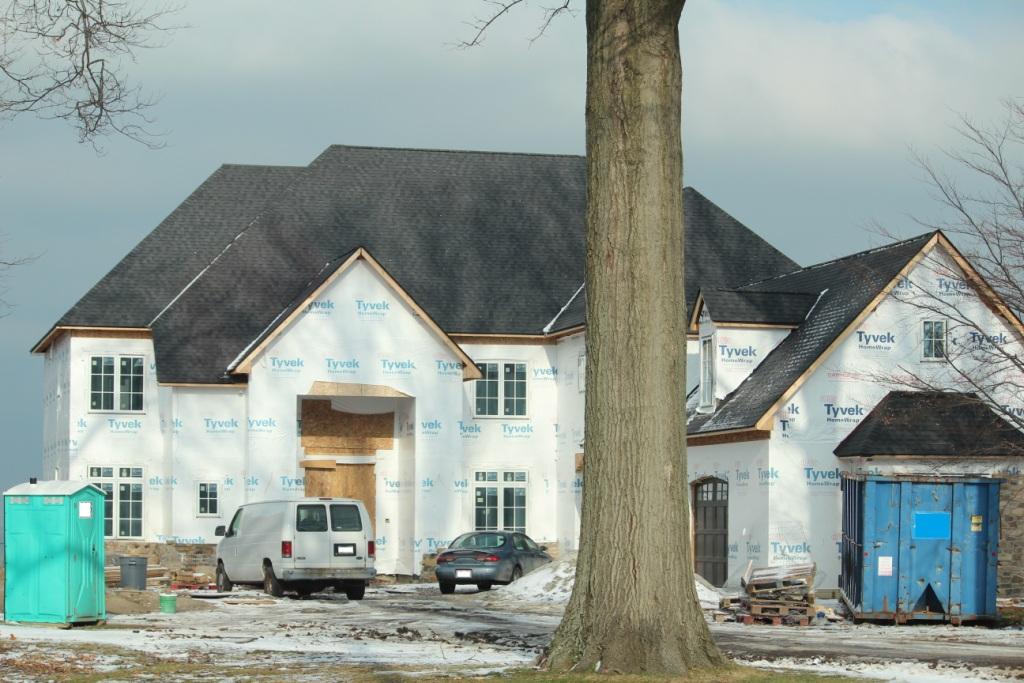How to Build a Home, Step 12: Send Out Bid Packages
0 Comments | Posted by armchairbuilder in Build Your Own Home, Owner-Builder
We continue our blog series, How to Build a Home, with our next step, sending out your bid packages. This is one of the most important steps in the pre-construction process. By taking the time to create detailed bid packages, with all of your project information, potential trades and suppliers will be able to provide you with an accurate bid. And accurate bids eventually lead to accurate budgets.
What is a Bid Package?
In step 10 of How to Build a Home we talked about creating a list of companies that you might want to have work on your home. We call this a bid list. By having at least three companies per activity give pricing, you ensure your project costs will be as low as they can be.
So in order to get pricing from these companies, we need to provide detailed information about the project, the work we want them to complete, along with any materials we would like them to provide. By giving them detailed, accurate information, we allow them to create an accurate price. Trust me when I say…if you give them half of the information they need, they will estimate high because of the unknowns. The bidding companies will also assume you don’t know what you are doing and will add money to the bid anticipating issues with the project. They will assume that if you don’t know what information to include when asking for a bid you probably will forget some things on the job site. And if the job isn’t ready when the trade shows up, it means extra time and money for them.
Bid Package Contents
What are the contents of the bid packages you will be sending out?
- House Plan – This gives the company a detailed look at what will be built. And by having dimensions on the plan, they will be able to accurately estimate the quantity of work that you are asking them to do.
- Scopes of Work and Specifications – Gives details on products, quality requirements, job site procedures,…etc. Not every piece of information required is on the plan…the Scopes help fill in the blanks.
- Bid Sheet – Provides a form for each company to fill out with their estimated quantities and unit prices. You don’t want them to just give you a single dollar amount as this will make it difficult to see how they arrived at the number.
- Subcontractor Information Sheet – Asks for all of the detailed company information you need like insurance company and agent, business address, phone, email, type of company organization (LLC, Inc…etc.)…
House Plan
Scopes of Work and Specification
Bid Sheet
The bid sheet is basically a form that each company fills out showing how they arrived at their price. By asking for a specific layout to each bid, you will easily be able to compare the following items…
- estimated quantities (i.e. area of roof, basement floor, countertop…etc.)
- unit price (this is the price the company charges per unit of work…an example would be $50 per square of roofing installed or $5 per square foot for rough carpentry)
- additional cost if changes are made – it’s nice to have this information in case you decide to add more square footage to the plan or make other changes after the bids are received
Items Affected by Your Bid Package
It’s important to take the time to create a detailed bid package for each activity to build your new home. Here are some of the things affected by the information you include in the package.
- Cost – your overall project costs – do you want an accurate price before construction begins?
- Quality – if your attention to detail is good, the home will be built exactly how you envisioned it
- Time Required – a solid package will save both you and your contractors time
Videos on Bidding
We have some great Armchair Builder videos to help you with the bidding process.
The Scopes of Work and Specifications
If you are looking for some resources to help you save money and time bidding out your next project, be sure to stop by our ESTORE. We have some great products developed with the experience from building hundreds of homes. Stay tuned to our blog as we continue through the 65 steps on How to Build a Home.


